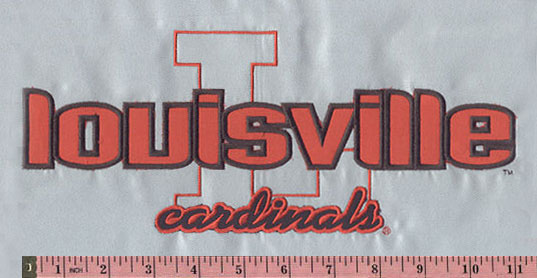Troubleshooting in Embroidery Digitizing: Common Problems and Solutions
Embroidery digitizing is a fascinating and intricate art that combines technology with creativity. It allows you to convert intricate designs into digital files that embroidery machines can understand and replicate with precision. However, like any craft, embroidery digitizing can come with its fair share of challenges. In this blog, we will explore some common problems you might encounter in embroidery digitizing and provide practical solutions to help you overcome them.
Stitch Density Issues
Problem: One of the most common problems in embroidery digitizing is incorrect stitch density. If the stitches are too close together, they can cause puckering or distortion of the fabric. On the other hand, if they are too far apart, the design may not hold together properly, resulting in gaps or fraying.
Solution:
● Adjust the stitch density settings in your digitizing software to achieve the desired results.
● Use underlay stitching strategically to provide stability to the design and prevent puckering.
● Experiment with different types of stitches (e.g., satin, fill, or running stitches) to find the right balance for your design.
● Thread Breakage
Problem: Thread breakage during embroidery can be frustrating and can lead to incomplete designs and wasted materials.
Solution:
● Check the tension of your embroidery machine. Incorrect tension can cause thread breakage. Adjust it as needed.
● Ensure that you're using high-quality embroidery thread that is compatible with your machine.
● Clean your machine regularly and lubricate it according to the manufacturer's instructions to prevent friction-related thread breakage.
Registration Issues
Problem: Registration issues occur when different elements of your design do not align correctly. This can result in a distorted or misshapen final product.
Solution:
● Double-check your design in your digitizing software to ensure that all elements are properly aligned.
● Make sure you're using the correct hoop size for your design and that the fabric is securely hooped.
● Calibrate your embroidery machine to ensure precise stitching.
Color Changes
Problem: Incorrect color changes in your embroidery design can lead to a mismatched or disorganized look.
Solution:
● Carefully review the color sequence in your digitizing software and ensure it matches the order in which you want the colors to be stitched.
● Use color-coded thread spools and a color change chart to help keep track of thread changes during embroidery.
Design Complexity
Problem: Some designs may be overly complex, leading to difficulties in digitizing and excessive stitch counts.
Solution: Simplify complex designs by reducing unnecessary details or using fewer colors.
Experiment with different digitizing techniques, such as using fewer stitches or optimizing stitch paths to reduce the stitch count while maintaining the design's integrity.
Thread Trimming
Problem: Improper thread trimming can leave unsightly thread tails on your embroidered design.
Solution: Configure your digitizing software to include automatic thread trimming commands at the end of each color change or section.
Check the tension and thread-cutting mechanisms on your embroidery machine to ensure they are functioning correctl
Conclusion
Embroidery digitizing is an art that requires patience, skill, and attention to detail. While it can be challenging, the rewards of creating beautifully embroidered designs are well worth the effort. By addressing common problems like stitch density issues, thread breakage, registration problems, color changes, design complexity, and thread trimming, you can enhance your digitizing skills and produce high-quality embroidery that meets your creative vision. Remember that practice and experimentation are key to mastering the art of embroidery digitizing, and don't hesitate to seek guidance from experienced embroiderers or online communities for additional troubleshooting tips and support.


